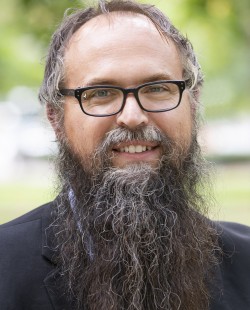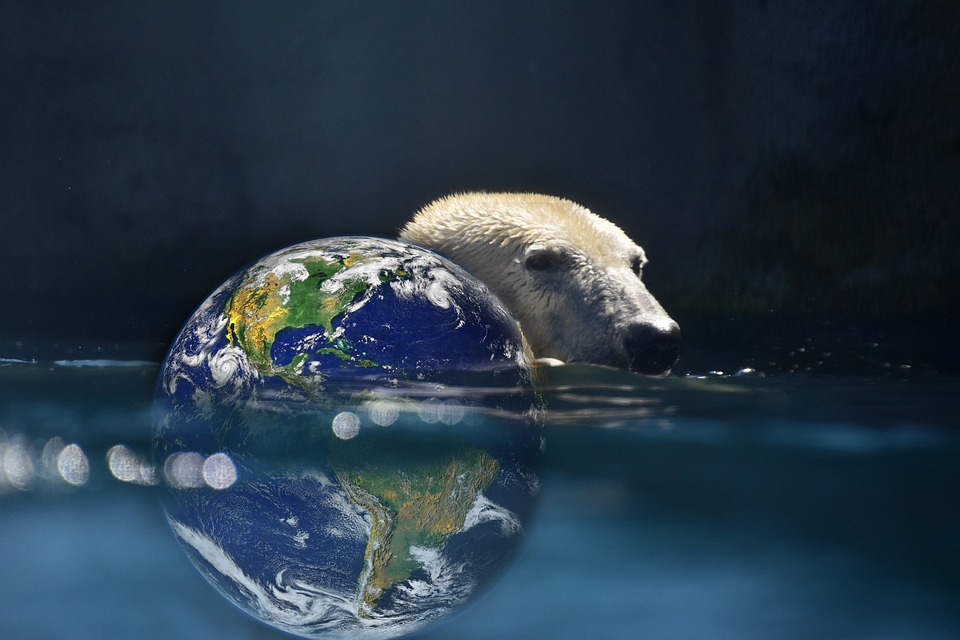How Much of the World’s Population Lacks Access to Clean Energy?
I. Introduction
Clean energy is crucial for sustainable development, enhancing quality of life, and mitigating climate change by reducing greenhouse gas emissions. Tracking global access to clean energy is vital for assessing progress toward international goals, particularly the United Nations’ Sustainable Development Goal 7 (SDG 7), which aims for universal access to affordable, reliable, and sustainable energy by 2030. Currently, millions of people, especially in sub-Saharan Africa and parts of South Asia, face significant barriers to accessing clean energy.
II. Current Global Access to Clean Energy
– Statistics on Energy Access: As of 2022, approximately 685 million people worldwide lack access to electricity, marking an increase of 10 million from the previous year. Additionally, over 2.1 billion people rely on polluting fuels like wood and coal for cooking[1][4].
– Percentage of World Population Without Clean Energy: This means about 9% of the global population lacks basic electricity access and over 30% live without clean cooking solutions[1][8].
– Regions Most Affected: The majority of those without electricity reside in sub-Saharan Africa, where around 570 million individuals are affected. South Asia also sees significant numbers lacking access to clean energy[4][8].
III. Barriers to Clean Energy Access
– Economic Barriers: High infrastructure costs and low affordability in poorer regions hinder clean energy development.
– Geographical Challenges: Remote areas often lack the necessary infrastructure for centralized energy solutions.
– Dependence on Traditional Fuels: Many households continue using traditional fuels due to their availability despite their health risks and environmental impacts.
– Political and Regulatory Factors: Insufficient investment, continued subsidies for fossil fuels, and weak policy support for renewable energy impede progress[2][3].
IV. Health, Economic, and Environmental Impacts of Energy Inaccessibility
– Health Risks from Polluting Fuels: Indoor air pollution from traditional cooking methods leads to respiratory diseases, disproportionately affecting women and children.
– Economic Limitations: The absence of reliable electricity restricts educational opportunities and economic development.
– Environmental Consequences: Reliance on unsustainable fuels contributes to deforestation and carbon emissions, exacerbating global environmental issues[3][4].
V. Global Efforts to Increase Access to Clean Energy
– Renewable Energy Initiatives: Projects focused on solar and wind energy are expanding access in off-grid areas.
– International Aid and Investments: Organizations like the World Bank and United Nations are crucial in funding clean energy projects.
– Policy and Subsidy Programs: Successful government initiatives include subsidies for solar energy and incentives for clean cooking technologies[1][5].
VI. Future Outlook and Goals
– SDG 7 Progress and Challenges: Current trends indicate that under existing policies, about 660 million people will still lack electricity by 2030, with around 1.8 billion without access to clean cooking solutions unless significant efforts are made[4][8].
– Technology and Innovation: Advances in battery storage and microgrid technology hold promise for improving access.
– Importance of Community Engagement: Involving local communities in clean energy projects fosters sustainable adoption[6][9].
VII. FAQs
– What percentage of the world still uses polluting cooking fuels? Approximately 2.1 billion people rely on polluting fuels for cooking.
– Which regions have made the most progress in clean energy access? Some advancements have been seen in parts of Latin America and Southeast Asia; however, progress remains slow overall.
– How does lack of clean energy impact education and healthcare? Limited access to electricity restricts educational opportunities and hampers healthcare services due to reliance on traditional fuels.
– What are the main sources of clean energy being implemented in underserved regions? Solar power is a leading source due to its adaptability for off-grid applications.
– What role do international organizations play in improving energy access? They provide funding, technical support, and policy guidance to enhance clean energy infrastructure.
VIII. Conclusion
Despite some progress, a significant portion of the global population still lacks access to clean energy. Continued investment, effective policy support, and innovative solutions are essential to achieve universal clean energy access by 2030. Addressing these challenges is critical not only for meeting SDG 7 but also for improving quality of life for billions worldwide.

Kyle Whyte is a notable scholar and professor at the University of Michigan, holding positions such as the George Willis Pack Professor in the School for Environment and Sustainability and Professor of Philosophy. Specializing in environmental justice, his work critically examines climate policy and Indigenous peoples’ ethics, emphasizing the nexus between cooperative scientific endeavors and Indigenous justice. As an enrolled Citizen Potawatomi Nation member, he brings a vital perspective to his roles as a U.S. Science Envoy and member of the White House Environmental Justice Advisory Council. His influential research is supported by various prestigious organizations including the National Science Foundation, and disseminated through publications in high-impact journals. Kyle actively contributes to global Indigenous research methodologies and education, with affiliations to numerous institutes and societies dedicated to traditional knowledge and sustainability. Recognized for his academic and community engagement, Kyle has earned multiple awards and served in various visiting professorships. His efforts extend to leadership positions on boards and committees focused on environmental justice nationwide.
